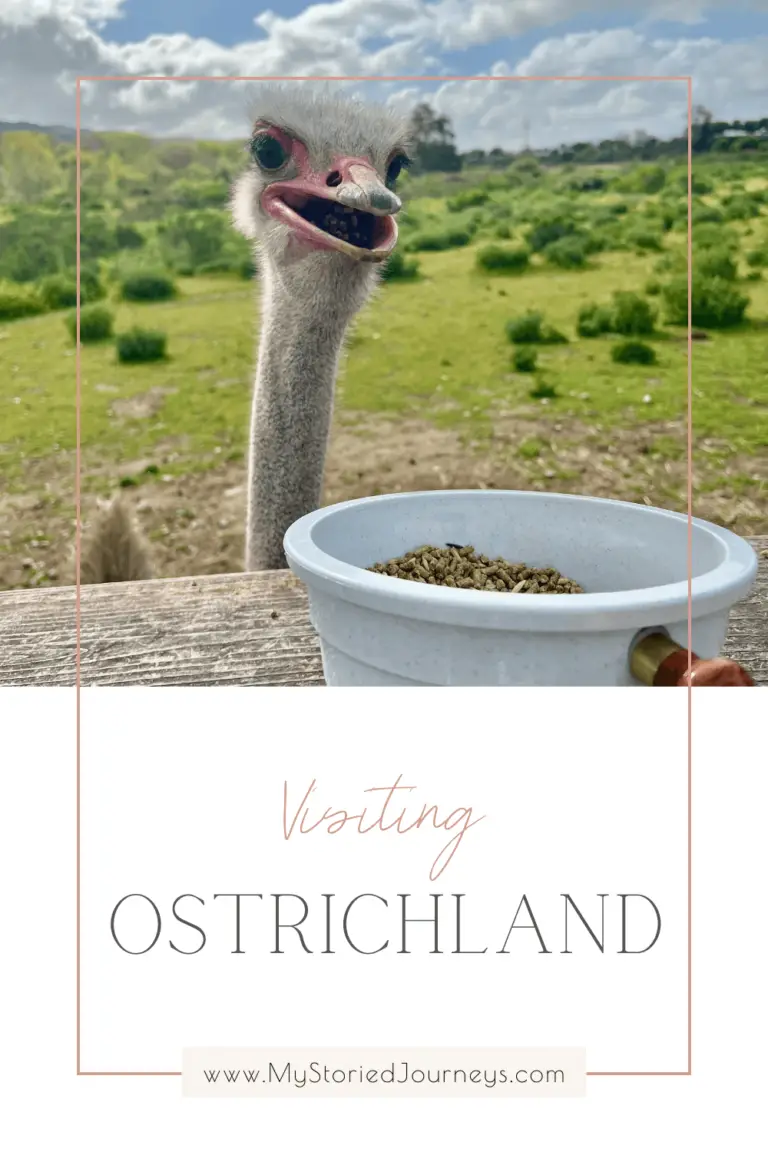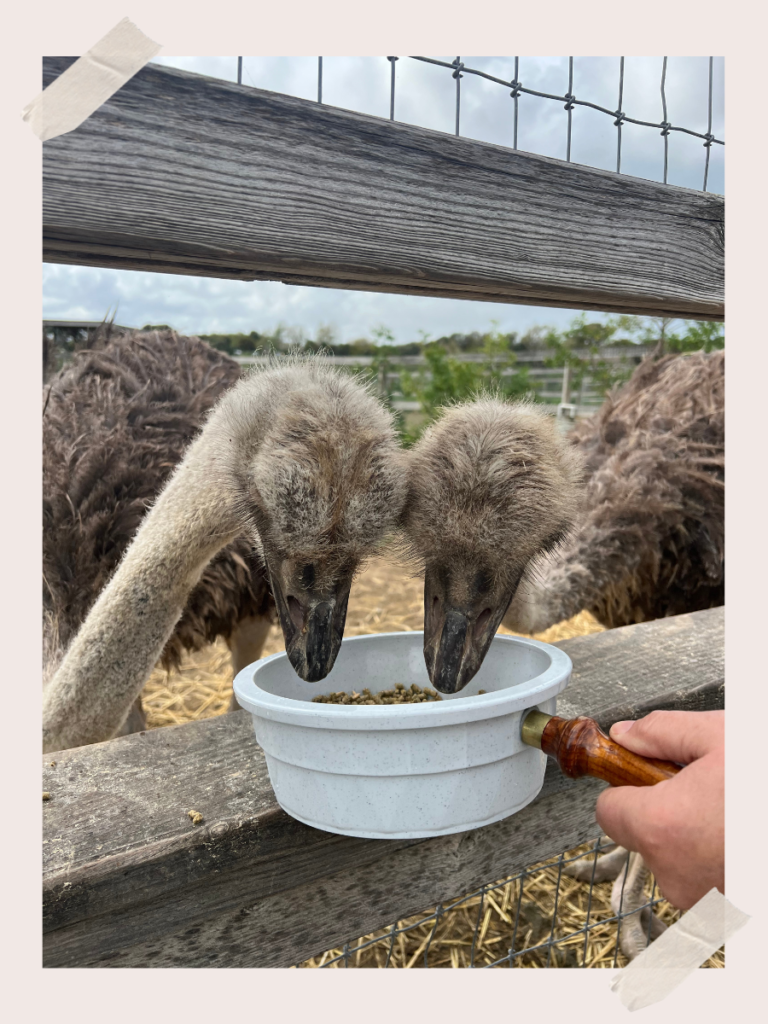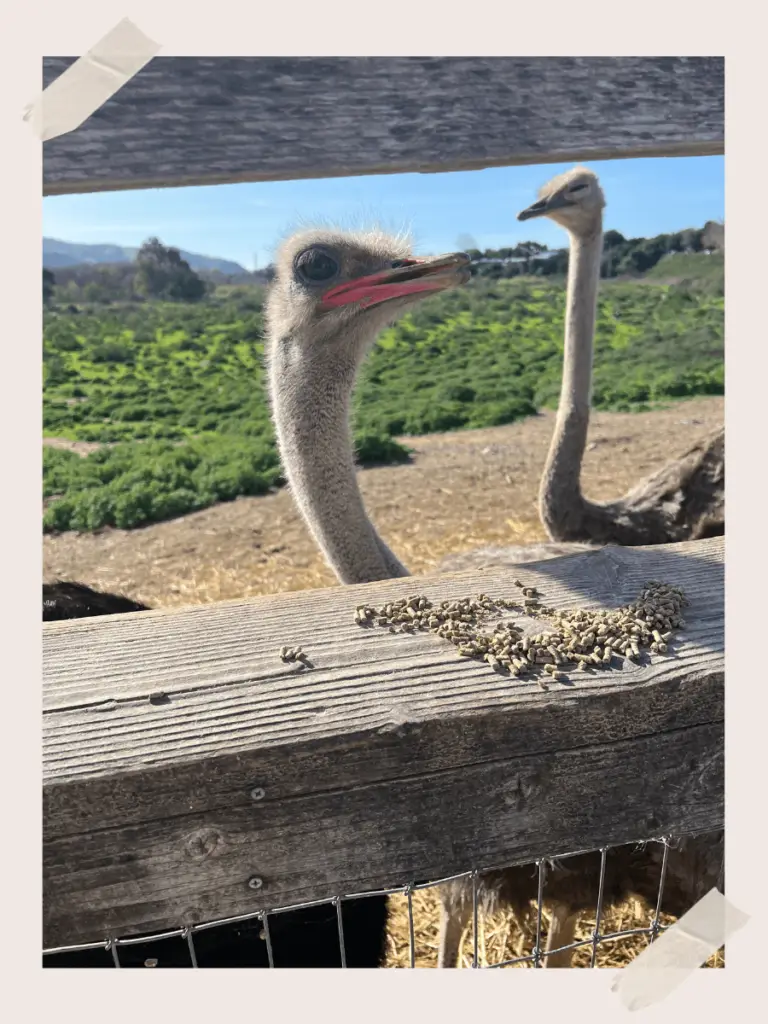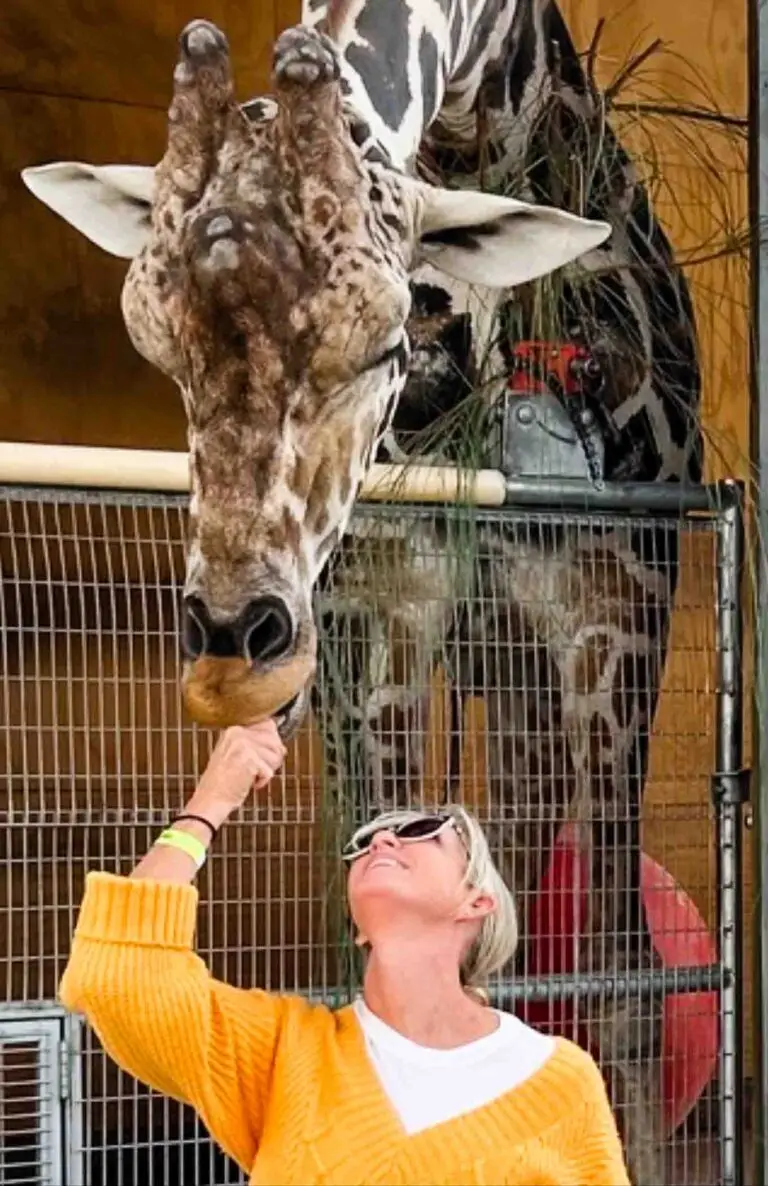
Visit Ostrichland


If you want to laugh and laugh and laugh, make a quick stop at Ostrichland for an hilarious encounter with these feathered dinosaurs just 45 minutes north of Santa Barbara.




If you want to laugh and laugh and laugh, make a quick stop at Ostrichland for an hilarious encounter with these feathered dinosaurs just 45 minutes north of Santa Barbara.


Nestled in the heart of Buellton, California, Ostrichland is a whimsical destination that promises a unique and unforgettable experience for visitors of all ages. Known for its quirky charm and friendly atmosphere, this ostrich and emu farm offers an up-close and personal encounter with some of the world’s largest birds.
As you approach Ostrich Land, the first thing you’ll notice is the vast open space where these magnificent creatures roam. The farm is home to dozens of ostriches and emus, each with its own personality and quirks. Upon entering, you’re greeted by the sight of these tall, curious birds peering over the fences, eager to interact with their human visitors.


One of the highlights of visiting Ostrich Land is the opportunity to feed the ostriches and emus. For a small fee, you can purchase a bowl of specially formulated feed and experience the thrill of having these majestic birds eat right out of your hand. It’s an exhilarating and slightly intimidating experience, as ostriches can reach over nine feet tall and have incredibly powerful beaks.



Beyond the feeding area, Ostrichland offers a range of educational displays and informational panels that provide fascinating insights into the lives of ostriches and emus. You’ll learn about their behavior, diet, and the differences between these two species. This educational aspect makes Ostrich Land a great destination for families with children, as it combines fun with learning in an engaging way. The gift shop at Ostrichland is another must-visit spot. It’s packed with unique souvenirs, from ostrich-themed apparel and toys to ostrich eggshells and emu oil products. After your adventure at Ostrichland, take some time to explore the surrounding area of Buellton and Solvang. Known for its wine country charm, Buellton offers a variety of wineries, tasting rooms, and cozy restaurants that perfectly complement your day of feathered fun. Whether you’re a local looking for a day trip or a traveler exploring California’s Central Coast, Ostrichland in Buellton is a delightful destination that offers a truly unique and memorable experience.
Click here for directions to Ostrichland.

Ostriches are the largest birds in the world. They can grow up to 9 feet tall and weigh between 220 to 350 pounds. Males are generally larger and heavier than females.
Ostriches are incredibly fast runners. They can reach speeds of up to 45 miles per hour, making them the fastest two-legged animals on land. They use their long, powerful legs to cover great distances quickly.
Ostriches are omnivores, meaning they eat both plants and small animals. Their diet primarily consists of seeds, shrubs, grass, and fruit, but they also consume insects, lizards, and small rodents. They swallow pebbles to help grind up food in their gizzard.
In the wild, ostriches typically live for about 30 to 40 years. In captivity, with proper care, they can live even longer, sometimes reaching up to 50 years.
No, this is a myth. Ostriches do not bury their heads in the sand. When threatened, they lie low to the ground and press their long necks flat to blend into the surroundings. From a distance, it might look like they have buried their heads, but they are actually trying to remain inconspicuous.
Ostriches have several defense mechanisms. Their primary defense is their speed, allowing them to outrun most predators. They also have powerful legs that can deliver a strong kick capable of injuring or even killing a predator. Additionally, their large eyes provide excellent vision to spot danger from afar.
Yes, ostriches are social creatures and often live in groups called herds. These herds can consist of up to 50 birds, including males, females, and chicks. Living in groups helps protect them from predators and allows them to watch out for each other.
No, ostriches are flightless birds. Their large size and weight make flight impossible. However, they have strong legs adapted for running and powerful muscles that make them excellent runners.
Ostriches are polygamous, meaning a dominant male will mate with multiple females. After mating, the female lays her eggs in a communal nest, which is a shallow hole dug in the ground. A single nest can contain up to 60 eggs, but each female’s eggs are easily distinguishable by size and color.
Ostrich eggs are the largest of any bird species, weighing around 3 pounds and measuring about 6 inches in length. Their shells are thick and strong, often used for decorative purposes after the chicks have hatched. Each egg is equivalent to about two dozen chicken eggs in volume.
Ostriches are not currently endangered. The common ostrich, found in Africa, is classified as “Least Concern” by the International Union for Conservation of Nature (IUCN). However, some subspecies, like the Somali ostrich, have more restricted ranges and face habitat loss, which can affect their populations.
Ostriches and emus are both large, flightless birds, but they belong to different families and come from different continents. Ostriches are native to Africa, while emus are native to Australia. Ostriches are larger and have two toes on each foot, whereas emus are smaller and have three toes on each foot.Their physical appearances and behaviors also differ significantly.
Welcome to my blog. I hope you enjoy my stories and the photos that bring them to life. They might even encourage you to pen a story of your own.


Subscribe to my newsletter with stories from my latest adventures, travel tips and resources.

Subscribe to my weekly newsletter. I don’t send any spam email ever!